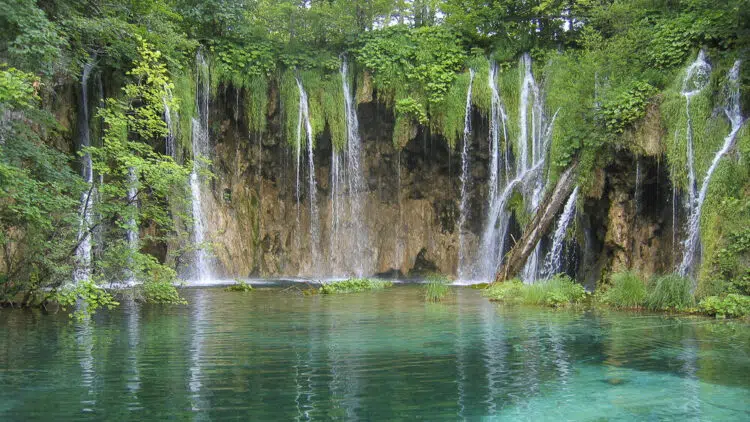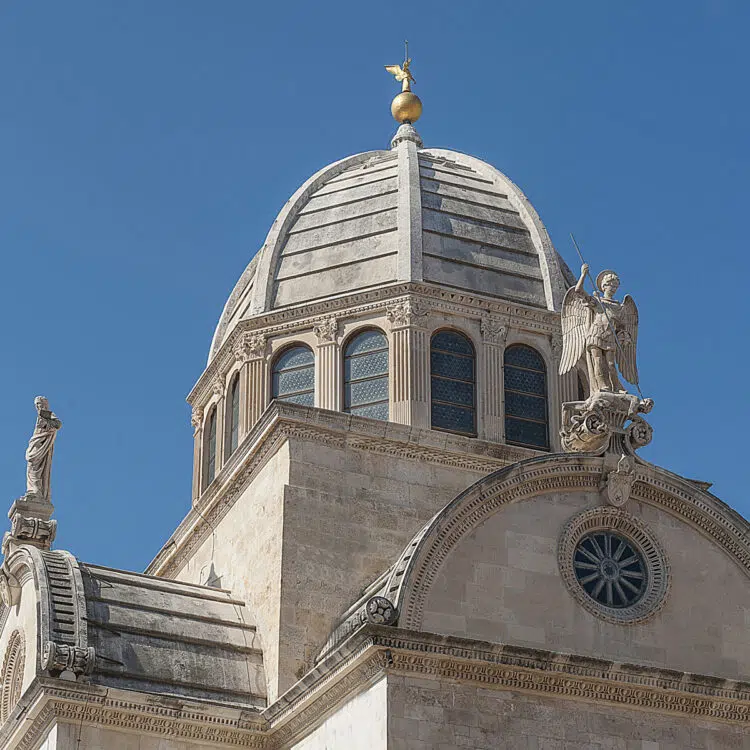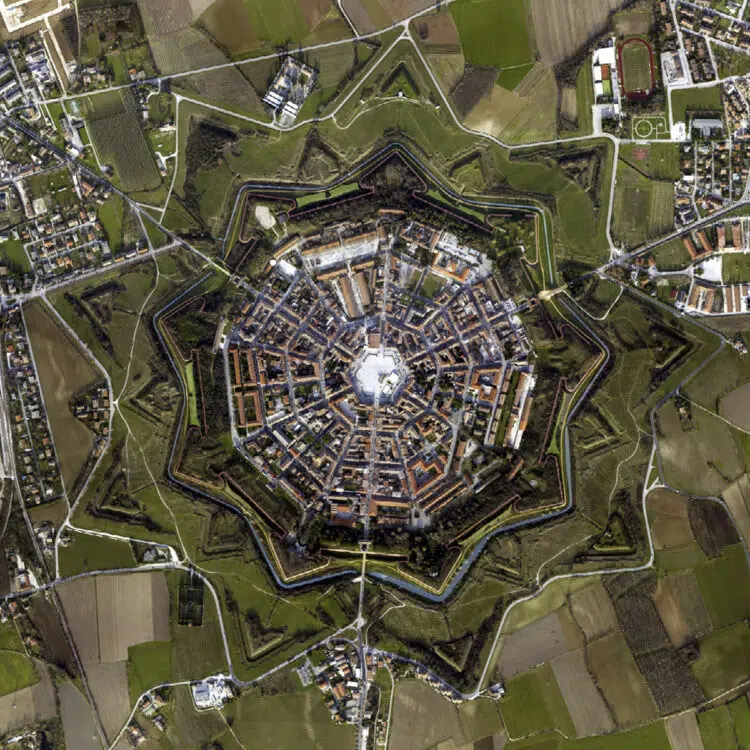1,154 UNESCO World Heritage Sites in 167 countries around the world bring the history of mankind and the planet to life. Nine of them are located in Croatia. SeaHelp introduces them.
World Heritage Sites are testimonies of past cultures, material traces of encounters and exchanges, artistic masterpieces and unique natural landscapes. What they have in common is their extraordinary universal value, their importance not only for national or local communities, but for all of humanity.
The protection and sustainable conservation of these sites is therefore the responsibility of the entire international community. It is ensured through the application of the instrument central to cultural policy and nature conservation – the 1972 World Heritage Convention.
Nine of the UNESCO World Heritage sites are located in Croatia, worth a visit
194 states have joined the World Heritage Convention so far, it has universal validity. 1,154 UNESCO World Heritage Sites in 167 countries have been designated to date; nine of them (not counting the “Primeval and Primeval Beech Forests of the Carpathians and Other Regions of Europe”) are located in Croatia.
Tip for Croatia vacationers, whether they are traveling by yacht or taking a land vacation: plan a side trip to one or another World Heritage site in good time – it’s worth it!
1. The historical complex of Split with Diocletian’s Palace
The ruins of Diocletian’s Palace, built between the late 3rd and early 4th centuries AD, can be found throughout the city. The cathedral was built in the Middle Ages, reusing materials from the old mausoleum.

Romanesque churches from the 12th and 13th centuries, medieval fortifications, Gothic palaces from the 15th century and other Renaissance and Baroque style palaces make up the rest of the protected area in Split-Dalmatia County, which entered the World Heritage List in 1979 and measures a total of 20.8 ha.

Mit dem Laden des Videos akzeptieren Sie die Datenschutzerklärung von YouTube.
Mehr erfahren
2. The Old Town of Dubrovnik
Located on the Dalmatian coast, the “Pearl of the Adriatic” (size: 96.7 ha, buffer zone: 1,188.6 ha) in Dubrovnik-Neretva County on the Adriatic coast developed into an important maritime power in the Mediterranean from the 13th century.
Although the city was severely damaged by an earthquake in 1667, Dubrovnik managed to preserve its beautiful Gothic, Renaissance and Baroque churches, monasteries, palaces and fountains.
Damaged again by armed conflict in the 1990s, it is now the focus of a major restoration program coordinated by UNESCO. Date of inscription on the World Heritage List: 1979 (with boundary changes in 1994).

3. Plitvice Lakes National Park
Nestled in a mosaic of forests and meadows in the lower elevations of the Dinarides, Plitvice Lakes National Park, Croatia’s largest national park at nearly 30,000 hectares, preserves a strikingly beautiful and intact series of lakes formed by natural tuff barriers. These tufa barriers are the result of long-standing and continuous interactions between water, air, sediments (geological bedrock) and organisms.
The extent of the dynamic, constantly evolving lake system, the proportion of tufa barriers, together with the numerous dynamic waterfalls and clear watercourses and the expression of colors, make the Plitvice Lakes National Park an “aesthetically outstanding natural spectacle of global significance” according to the UNESCO World Heritage Commission; inscription took place in 1979 (boundary changes in 2000).

4. The Bishop’s Complex of the Basilica of Euphrasius in the historical center of Poreč
The group of religious monuments in Porec (Istria), where Christianity was founded as early as the 4th century, is the best preserved complex of its kind. The basilica, atrium, baptistery and bishop’s palace are outstanding examples of religious architecture, while the basilica itself combines classical and Byzantine elements in an extraordinary way.
One of the reasons for including the entire property, which covers about 1.1 hectares, in the UNESCO World Heritage List in 1997 was the fact that the Euphrasian Basilica episcopal complex in the historic center of Porec is an “outstanding example of an early Christian episcopal ensemble” – “due to its completeness and its unique, exceptional basilica-cathedral,” the commission judged.

5.The old town of Trogir
Trogir in Split-Dalmatia County is a remarkable example of urban continuity. The orthogonal (rectangular) street plan of this island settlement dates from the Hellenistic period and has been adorned by successive rulers with many architecturally remarkable public and private buildings and fortifications.
Its Romanesque churches are complemented by the outstanding Renaissance and Baroque buildings of the Venetian period. The Committee decided to inscribe this 6.4 hectare area on the UNESCO World Heritage List in 1997 because Trogir is an “outstanding example of a medieval city” that was “built on the layout of a Hellenistic and Roman city” and has preserved its urban structure over time, “to an exceptional degree and with a minimum of modern intervention.”

6.The Cathedral of St. Jacob in Šibenik
The Cathedral of St. James in Šibenik (1431-1535, inscribed in 2000) in Šibenik-Knin County on the Dalmatian coast testifies to the considerable exchange in the field of monumental art between northern Italy, Dalmatia and Tuscany in the 15th and 16th centuries.
The three architects who successively participated in the construction of the cathedral – Francesco di Giacomo, Georgius Mathei Dalmaticus and Niccolò di Giovanni Fiorentino – developed a structure built entirely of stone and applied unique construction techniques to the cathedral’s vault and dome.
The World Heritage Commission found, “The structural features of the Cathedral of St. James in Šibenik make it a unique and outstanding building in which Gothic and Renaissance forms have been successfully blended.” St. Jacob’s Cathedral, he said, is the “fruitful result of considerable influences between the three culturally distinct regions of northern Italy, Dalmatia and Tuscany in the 15th and 16th centuries.”

7. The Stari Grad Plain
The Stari Grad Plain in Split and Dalmatia counties on the Adriatic island of Hvar is a cultural landscape that has remained virtually intact since its first settlement by Ionian Greeks from Paros in the 4th century BC.
The original agricultural activity of this fertile plain, mainly focused on grapes and olives, has been maintained since Greek times until today.
The 1,376 ha site (buffer zone: 6,403 ha) is also a nature reserve. The landscape consists of ancient dry-stone walls, ornaments and small dwellings made of stone, and, according to the World Heritage Commission, “bears witness to the historic geometric system of land division used by the ancient Greeks, the chora, which has remained virtually intact for 24 centuries”; it was inscribed in 2008

8 Stećci – Medieval Gravestone Cemeteries
At a total of 28 sites in Bosnia and Herzegovina, western Serbia, western Montenegro, and central and southern Croatia, the so-called Stećci, regionally characteristic medieval gravestones, can be found. Dating from the 12th to 16th centuries AD, the cemeteries are laid out in rows, as was common in Europe since the Middle Ages.
UNESCO considers the Stećci to be “exceptional testimonies to the spiritual, artistic and historical aspects of the medieval cultures of southeastern Europe, an area where traditions and influences of the European West, East and South intertwined with earlier traditions” and for this reason inscribed the 49 ha Croatian ensemble (buffer zone 321 ha) on the World Heritage List in 2016.

9. The Venetian Defenses Stato da Terra – Western Stato da Mar
The area consists of six components of defensive fortifications in Italy, Croatia, and Montenegro, stretching more than 1,000 kilometers between Lombardy in Italy and the eastern Adriatic coast. The fortifications throughout the Stato da Terra protected the Republic of Venice from other European powers in the northwest, and those of the Stato da Mar protected the sea routes and ports in the Adriatic to the Levant.
The World Heritage Commission’s rationale for including the 378 ha site (buffer zone 1,749 ha) in 2017: “The defensive networks built by the Republic of Venice are of exceptional historical, architectural and technological importance. Among the attributes of special universal value are earthworks and fortifications and defenses built by the Republic of Venice in the 16th and 17th centuries.
Contributing strongly are the landscape backdrops that enhance the visual qualities of the six components, as well as urban and defensive structures from earlier (medieval) and more recent periods of history (such as the modifications and additions from the Napoleonic and Ottoman periods), which allow for a truthful representation of the serial components and a recognition of the tactical coherence of each military site in its final state.”

(Source photos: UNESCO, published and released for download)













